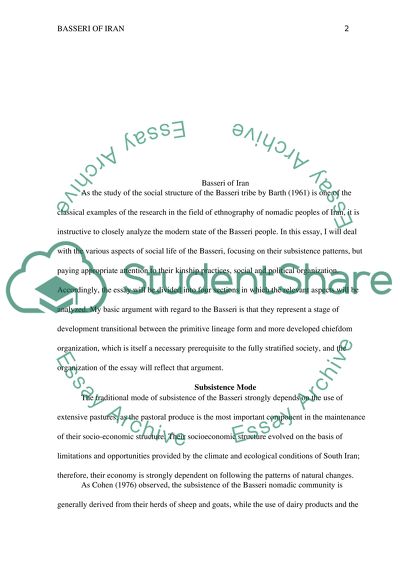Cite this document
(“Basseri of Iran Research Paper Example | Topics and Well Written Essays - 2000 words”, n.d.)
Retrieved from https://studentshare.org/family-consumer-science/1417086-basseri-of-iran
Retrieved from https://studentshare.org/family-consumer-science/1417086-basseri-of-iran
(Basseri of Iran Research Paper Example | Topics and Well Written Essays - 2000 Words)
https://studentshare.org/family-consumer-science/1417086-basseri-of-iran.
https://studentshare.org/family-consumer-science/1417086-basseri-of-iran.
“Basseri of Iran Research Paper Example | Topics and Well Written Essays - 2000 Words”, n.d. https://studentshare.org/family-consumer-science/1417086-basseri-of-iran.


